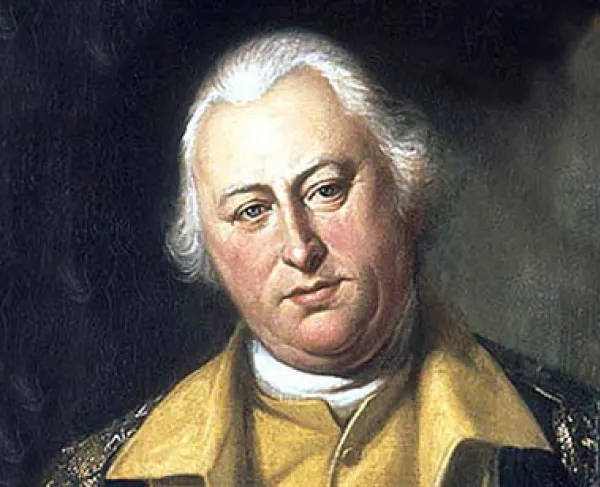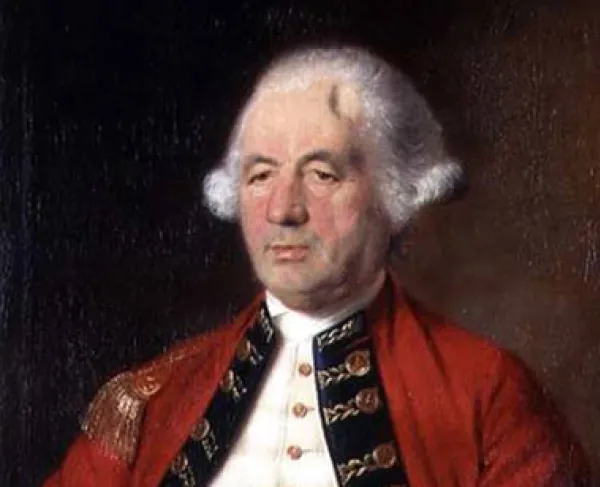
Savannah
Siege of Savannah
Georgia | Sep 16 - Oct 20, 1779
In 1778, British policymakers and strategists decided to refocus their efforts on the southern colonies, where they believed the crown would enjoy the support of a large Loyalist population. As part of that effort, a British army under Lieutenant Colonel Archibald Campbell captured the city of Savannah, Georgia on December 29, 1778.
In the fall of 1779, the Americans were determined to take the city back.
American forces in the region, numbering between 5,000 and 7,000 men, were based in Charleston, South Carolina, under the command of General Benjamin Lincoln. Lincoln recognized that to recapture Savannah, he would need assistance from the French military. On September 3, he learned that Charles Hector, Comte d’Estaing, was en-route to Savannah, bringing with him a fleet of warships and 4,000 French soldiers.
On September 11, Lincoln left Charleston with a force of his own, intent on linking up with d’Estaing. Arriving first, d’Estaing began offensive operations against the city on September 16. When fully assembled, the Allied force numbered over 5,000 men. Defending Savannah was a force of more than 3,000 men under the command of General Augustine Prevost.
On the morning of October 9, the Franco-American Allies launched a major assault. Fog shrouded the battlefield, impeding forward progress. Troops became lost in the swamps fronting the Spring Hill Redoubt, the Allied objective. d’Estaing had selected the Spring Hill Redoubt under the mistaken impression that it was lightly defended by local Loyalist militia. In reality, the Loyalist militia was backed by battle-hardened British Regulars. When the fog lifted, the French lines were fully exposed, crumbling in the face of a withering and incessant fire from the redoubt’s defenders. d’Estaing himself was wounded twice while personally leading the attack. Mortally wounded in the assault was the Polish cavalry mastermind, Casimir Pulaski, who had done much to shape the mounted forces of the Continental Army. He was shot while trying to lead his horseman through a temporary breach in the British line. During the attack on the Spring Hill Redoubt, the Allies lost roughly 1,000 men. The British suffered only 150 casualties.
An hour after leading his forces forward, d’Estaing called off the attack, recognizing its futility. A week later the French commander sailed away, leaving Lincoln behind and the Franco-American Alliance strained.
On October 18, Lincoln lifted the siege. Savannah would remain in British hands until the end of the war.
Savannah: Featured Resources
All battles of the Southern Theater 1775 - 1779 Campaign
Related Battles
5,050
3,200
948
155












